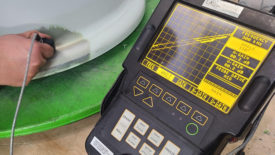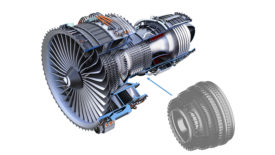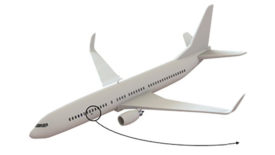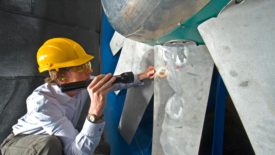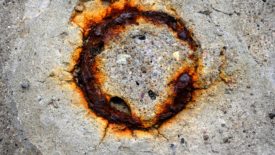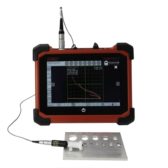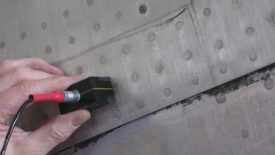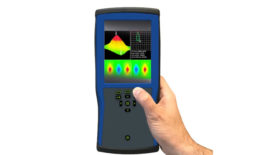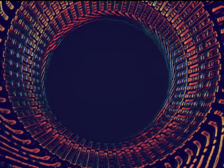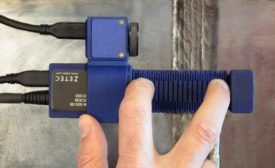Home » Keywords: » eddy current
Items Tagged with 'eddy current'
ARTICLES
NDT | Inspection
The main flaws uncovered by NDT on the wheels are cracking, corrosion, geometrical distortion, and overheating.
Read More
NDT | Eddy Current
Advanced Eddy Current Scanning Solution for Aero Engine High Pressure Compressor Rotor Spools
The inspection challenge in such situations consists of automating the inspection process.
September 25, 2023
NDT | Eddy Current
Conventional Eddy Current transitions to Eddy Current Array
This inspection process is becoming more objective and precise, with greater accuracy and consistency across various industries.
September 15, 2023
Aerospace | Back 2 Basics
How Eddy Current Array Takes Aerospace Inspection to New Heights
One of the great advantages of this technology is its capability to adapt to various materials and geometries.
July 18, 2023
NDT | Standards
How Pulsed Eddy Current Technology Helps Uncover Corrosion
The main advantage of PEC is that it can inspect through insulation, weather jacket, and wire mesh.
April 12, 2023
Test & Inspection
Eddy Current Inspection of In-Service Aircraft Structure
Eddy current inspections are particularly sensitive to crack, corrosion, and other conductivity changes within electrically conductive alloys.
April 1, 2022
NDT | Eddy Current
Eddy Current Testing in Manufacturing Applications
Eddy current provides a balance of speed, reliability, cost effectiveness, and versatility.
February 8, 2022
NDT | Back 2 Basics
What Can Eddy Current Testing Do for Me?
This versatile tool can be used to solve or prevent material with property issues from leaving a munufacturing facility.
October 15, 2021
Eddy Current
The Big Deal about ECA
With the latest instruments and probes, eddy current array strikes a balance in speed, POD, and cost effectiveness on big jobs.
April 8, 2021
Get our new eMagazine delivered to your inbox every month.
Stay in the know with Quality’s comprehensive coverage of the manufacturing and metrology industries.
SIGN UP TODAY!Copyright ©2024. All Rights Reserved BNP Media.
Design, CMS, Hosting & Web Development :: ePublishing
